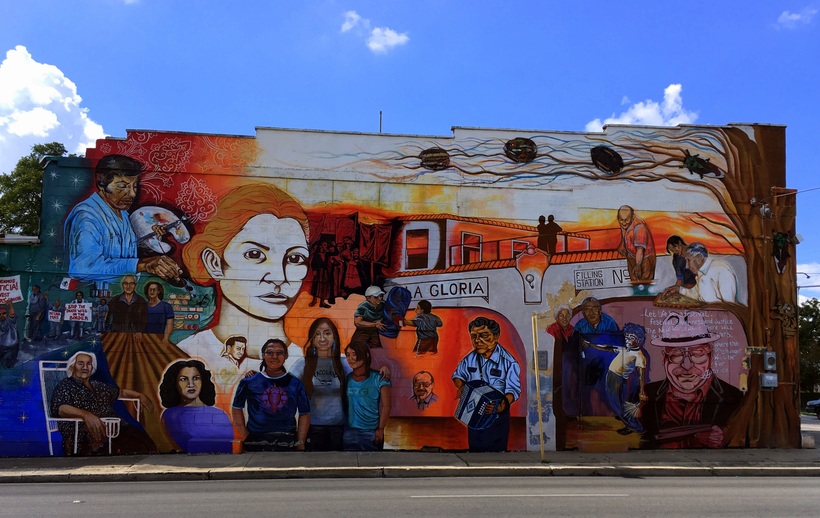By Eric Moreno
Salud Today
San Antonio is the nation’s seventh-largest city, a dynamic modern powerhouse steeped in Latino culture and history.
Yet more than 100,000 adults here haven’t passed ninth grade.
An in-depth article by Lily Casura of HuffPost recently took a deep dive into the state of education in the city, which noted “exceptionally low” high-school graduation rates in certain parts of the city.
Casura’s article notes that 300,000 San Antonio adults overall (20% of the city’s population) are not high-school graduates.
Four San Antonio ZIP Codes (two on its east side and two on its west side) have emerged as “the highest-hardship areas of the city,” she wrote. About 110,000 people live in these four ZIP Codes (78202, 78203, 78207, and 78237) and more than half have not completed ninth grade.
“There’s a moral imperative to address this,” said Dr. Matthew Martinez, a Rice University demographer and San Antonio native in an interview with The Huffington Post. “Neighborhoods initially lacking adequate resources to educate their residents then become ‘self-reproducing systems’ of disadvantage.”
The connection between poverty, education, and health are irrefutable.
In cities like 68% Latino San Antonio that are majority minority, what does this mean for its residents?
 Education & Latinos in San Antonio
Education & Latinos in San Antonio
Overall, education is one of the most important factors that determines a person’s lifelong health and long-term financial stability and professional success.
Latinos often lack access to educational resources.
Predominately Latino San Antonio has lower educational attainment at every level and that coincides with lower income at every educational level.
Casura’s article cites several expert opinions on why San Antonio faces this issue.
One noted that a “dropout legacy” affects neighborhoods in the “hardship” ZIP codes. Some cite a “ninth grade bubble” that is a “make or break year” for students, and minority students are often held back in ninth grade. Disadvantaged neighborhoods, poverty, and segregation also play a role.
Whatever the reasons, the consequences are severe.
Low education affects health and job outlook. High school dropouts earn nearly quarter of a million dollars less than those with at least a high school diploma.
“[These] costs add up to approximately $192 billion in lost income for every new cohort of 18-year-olds that doesn’t complete high school,” said educational researcher and policy advocate Camille Farrington.
How to Help
Research shows that providing whole-family programs and policies that benefit parents and children can create supportive environments for Latinos.
Early childhood education (ECE) programs have been proven to lead to long-term success academically for all students, especially Latinos.
Latino kids who participate in early care and education centers match or exceed their peers in academic and social gains. Yet far fewer Latino children (52%) were enrolled in early care and education (ECE) centers than their white peers (63%).
Casura ends her article with a plea.
“Let’s make sure we enlarge the scope of the equity lens to include education, not just housing and infrastructure — because all residents deserve to be part of San Antonio’s brighter future.”
Learn more about the connection between education and health here:
- Latinos Makes Gains in Income, But Poverty Still a Problem http://salud.to/2AITPv7 #SaludEducation #SaludIncome
- Grad Student Gifts San Antonio with “Geography of Poverty” Map http://salud.to/2BVH5S7 #SaludIncome #SaludSupport



